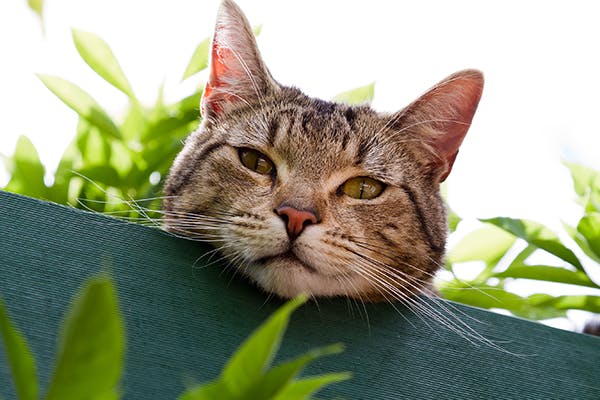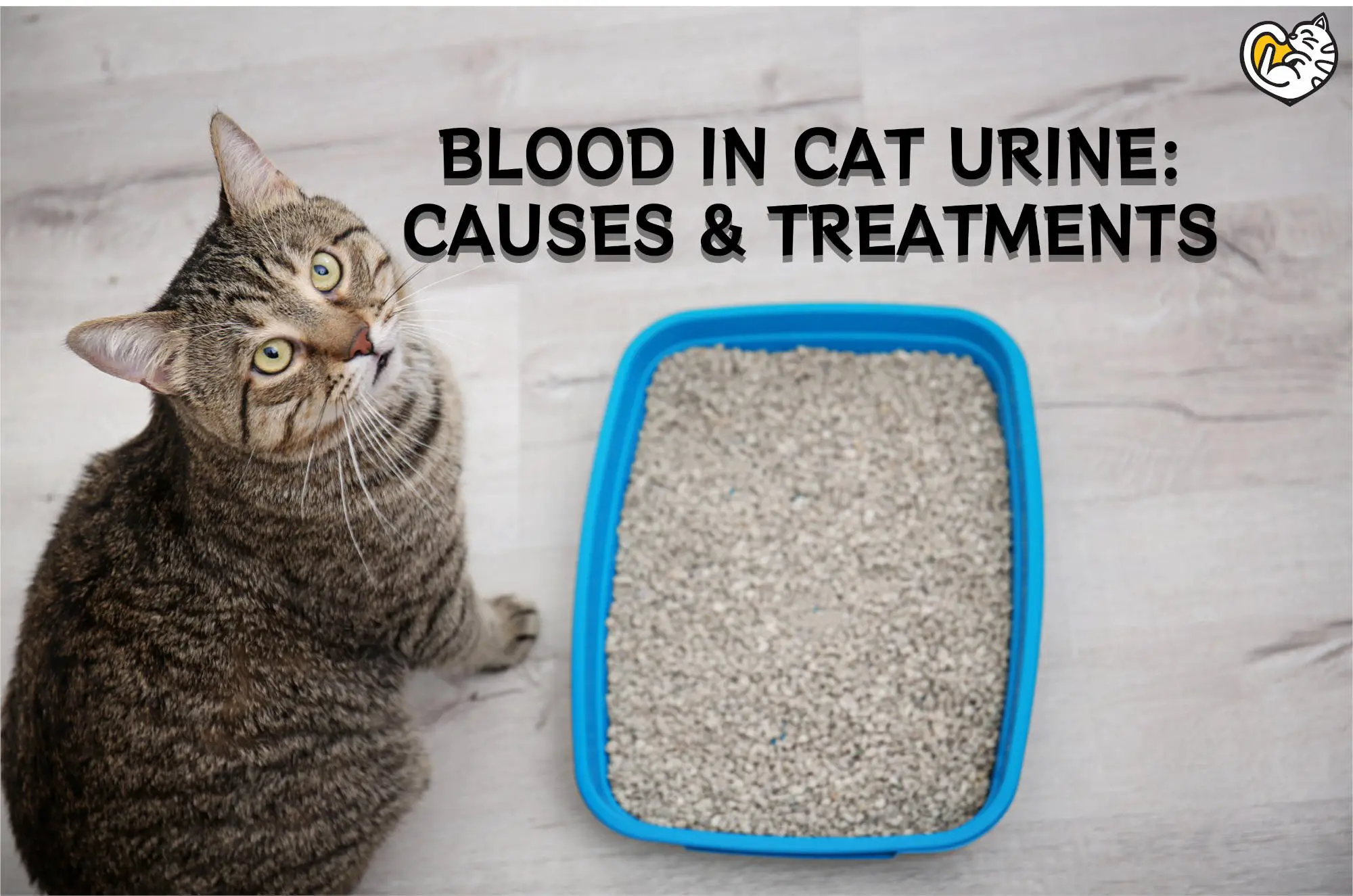Are you a proud cat owner? If so, it's crucial to be aware of the red flags that could indicate anemia in your feline friend. Understanding this topic is not only essential for the well-being of your beloved pet but also for your peace of mind. Anemia, a condition where there is a deficiency of red blood cells, can have serious consequences if left untreated. In fact, studies show that an estimated 30% of cats suffer from anemia at some point in their lives. So, let's dive into the world of anemia in cats and discover the red flags you should watch out for. By the end of this article, you'll be equipped with valuable knowledge that can potentially save your furry companion's life.
Key Takeaways:
- Anemia in cats can be caused by various underlying health conditions and should not be ignored.
- Common red flags of anemia in cats include pale gums, weakness, lethargy, and loss of appetite.
- A veterinarian should be consulted if any signs of anemia are observed in a cat to determine the cause and appropriate treatment.
- Diagnosing anemia involves a thorough physical examination, blood tests, and potentially other diagnostic procedures like X-rays or ultrasounds.
- Treating anemia in cats often involves addressing the underlying cause, such as treating infections or parasites, providing iron supplements or blood transfusions, and adjusting the cat's diet if necessary.
Understanding Anemia in Cats: Why Recognizing Red Flags is Important
Anemia is a condition that occurs when there is a decrease in the number of red blood cells or a decrease in the amount of hemoglobin, which carries oxygen to the body's tissues. It can affect cats of all ages and breeds. Recognizing the signs of anemia in your cat is important because it can be a symptom of an underlying health problem that needs to be addressed.
Some common red flags to look out for include pale gums, weakness, lethargy, loss of appetite, and rapid breathing. If you notice any of these symptoms in your cat, it's essential to consult with your veterinarian for a proper diagnosis and treatment plan.
Signs Your Cat Might Have Anemia: How to Tell
Detecting anemia in cats can be challenging since the symptoms may vary depending on the underlying cause and severity. However, there are some signs you can look out for that may indicate your cat has anemia.
Some common signs include:
- Pale gums or tongue
- Lack of energy or weakness
- Loss of appetite
- Rapid breathing or panting
- Weight loss
- Vomiting or diarrhea
- Pale gums, tongue, or inner eyelids
- Rapid breathing or panting
- Lethargy and weakness
- Loss of appetite
- Weight loss
- Vomiting or diarrhea
- Provide a balanced diet that meets your cat's nutritional needs, including essential vitamins and minerals.
- Regularly administer flea and tick preventatives to protect against parasite infestations.
- Schedule routine veterinary check-ups to detect any underlying health problems early on.
- Promote a safe environment for your cat to minimize the risk of trauma or injuries that could lead to blood loss.
If you notice any combination of these signs in your cat, it's crucial to seek veterinary care for a proper diagnosis and treatment options.
Common Causes of Anemia in Cats You Should Know
Anemia in cats can have various causes, including underlying diseases or conditions that affect the production or destruction of red blood cells. Some common causes include:
Nutritional Deficiencies:
A lack of essential nutrients like iron, vitamin B12, or folic acid can lead to anemia in cats. Feeding a balanced diet that meets their nutritional needs is crucial for preventing this type of anemia.
Blood Loss:
External or internal bleeding can result in anemia. External bleeding may occur due to trauma or injuries, while internal bleeding could be caused by conditions like gastrointestinal ulcers or tumors.
Parasites:
Parasites like fleas, ticks, and intestinal worms can cause anemia in cats by feeding on their blood or causing damage to the intestinal lining.
Physical Signs and Symptoms of Anemia in Cats
Anemic cats may exhibit various physical signs and symptoms that indicate a decrease in red blood cell count. Some common physical signs include:
If you notice any of these signs in your cat, it's essential to consult with your veterinarian for a proper diagnosis and treatment plan.
Treating Anemia in Cats: Available Options
The treatment options for anemia in cats depend on the underlying cause and severity of the condition. Your veterinarian will determine the most appropriate course of action based on diagnostic tests and examination findings.
Treatment options may include:
Blood Transfusion:
In severe cases of anemia where the cat's red blood cell count is critically low, a blood transfusion may be necessary to replenish the red blood cells and improve oxygen delivery to tissues.
Medications:
If the anemia is caused by an underlying disease or condition, medications may be prescribed to address the specific problem. For example, if the anemia is due to a parasitic infection, deworming medications will be administered.
Preventing Anemia in Your Cat: Important Steps to Take
Preventing anemia in cats involves taking some important steps to ensure their overall health and well-being. Here are a few key measures you can take:
By following these preventive measures, you can reduce the chances of your cat developing anemia and other associated health issues.
The Importance of Seeking Veterinary Care for Suspected Anemia in Your Cat
If you suspect that your cat may have anemia based on the signs and symptoms observed, it's crucial to seek veterinary care promptly. A veterinarian will perform a thorough examination, conduct diagnostic tests, and determine the underlying cause of the anemia. Early detection and treatment are vital for improving your cat's prognosis and overall quality of life.
In conclusion, it's important to be aware of the red flags that may indicate anemia in cats. By noticing symptoms like pale gums, weakness, and loss of appetite, we can take prompt action to help our furry friends stay healthy and seek veterinary care when needed.
What happens if anemia goes untreated in cats?
In extreme situations, it can lead to the animal putting in more effort to breathe in an attempt to increase the amount of oxygen in their body. If left untreated, anemia can be a draining illness and in severe cases, it can even be fatal.
How serious is anemia in cats?
In severe situations, the cat may experience difficulty in breathing, and the rates of respiration and heartbeat may rise as the body attempts to counterbalance the reduced delivery of oxygen by the red blood cells. The cat may also develop a fever and a reduced desire to eat, which can be attributed to an infection or an inflammatory reaction, depending on the underlying cause of anemia.
At what level anemia does a cat need a blood transfusion?
If your cat's hematocrit (Hct) levels are below 10-15%, it is recommended to give them a red blood cell (RBC) transfusion. Acute cases of anemia in cats typically have a sudden onset. Even if the Hct values are higher, blood transfusions can still be administered if the cat has acute anemia or requires surgery.
When should I be worried about anemia symptoms?
If you are experiencing fatigue or difficulty breathing without a known reason, it is recommended that you schedule an appointment with your healthcare provider. Anemia, which is characterized by low levels of the protein hemoglobin in red blood cells that transport oxygen, is the primary indicator. Some individuals discover their low hemoglobin levels when they donate blood.
When should you go to ER for anemia?
If you experience ongoing tiredness, shortness of breath, a fast heart rate, pale skin, or any other signs of anemia, it is important to contact your doctor. In case of difficulty breathing or a change in your heartbeat, it is advised to seek immediate medical attention. This information was last updated on July 28, 2021.
Are cats with anemia in pain?
Animals suffering from immune-mediated hemolytic anemia exhibit symptoms of anemia, such as weakness and pale gums. They are often jaundiced and may experience a fever or an enlarged spleen. Cats affected by this condition may show mild symptoms that develop slowly and may not appear to be in pain, or they may experience a sudden and severe crisis.

















